Introduction
Building the right product requires customer input and domain knowledge. Building the product right requires a technical expertise and (possibly) a development process. In this post we focus on improving our domain knowledge. As mentioned in one of our previous blog articles, the more domain knowledge we acquire, the better we can define the scope of our project.
So let’s elaborate a bit on all devices that can be connected to our energy harvester:
- rechargeable batteries,
- solar panels,
- a dump load and
- a wind turbine.
Rechargeable batteries
“A rechargeable battery, storage battery or accumulator is a group of one or more electrochemical cells.” The rest you can read here.
Important to know is that there are many types of different batteries with different properties. In renewable energy applications, deep cycle batteries are usually implied because they are more suited to the typical charge and discharge cycle that is associated with the rise and fall of the sun (or wind) and the power usage. One could use car batteries, but these are optimized to deliver a lot of power in a short burst of time (to crank the engine for example), and can poorly withstand deep discharges.
(Deep cycle) batteries come in all different sizes. Most common or well-known are 12V or 24V batteries, but you can also find 2V or 6V (especially for deep cycle applications) and many other voltages. Also, -as a general rule- the larger the battery the more power you get.
You can also combine similar batteries to get other configurations.
Series wiring
Series wiring increases voltage but not amperage. Here is an example of a 36V 100Ah battery pack built with three 100Ah 12V batteries:
Parallel wiring
Parallel wiring increases amp hours (amperage) but not voltage. Here is an example of a 12V 420Ah battery pack built with two 210Ah 12V batteries:
Series and parallel combination wiring
Of course, we can start to combine series and parallel wiring to both increase the voltage and the Ah rating of the battery pack.
As such, there are several series/parallel combinations to build a 420Ah, 24V battery system:
- with four 210Ah 12V batteries (2 by 2, see figure)
- with eight 210Ah 6V batteries (4 by 2)
- with two 420Ah 12V batteries in series (2 by 1)
- with two 210Ah 24V batteries in parallel (1 by 2)
- and many more possibilities, but you get the drift…
Efficient charging
Bulk
Bulk battery charging can be defined as the process of charging the battery bank up to 80% of its total potential. The idea is to charge the batteries as fast as possible with the largest allowed charge amperage the batteries are rated for. Therefore, the bulk charge mode is the most used and efficient charging cycle. The voltage for the bulk charging process is also dependent on the batteries specifications but usually around or above 14V for a 12V battery system.
Absorption
The absorption charge mode brings the batteries from 80% to 100%. The charge voltage remains at the same level as during the bulk charge mode, but the current is now limited in order not to force the batteries. Load amperage is diminishing (at the end it will be zero) until a 100% battery charge is detected. The charge state of a battery is determined on the basis of its voltage and on its load charge absorption capability.
Float Charging
Once a battery or battery pack is fully charged – even if the stored power is not used by appliances – it is already loosing power because of the self discharge phenomenon. Batteries are always losing a certain percentage of power as they just sit there not being used.
A float charge will prevent the battery power from diminishing. Depending on the type of batteries used, this float charge is different since the self discharge rate is different.
Pulse charging
Some types of batteries will see an increased lifespan if they are charged with pulses rather than with a constant charge. Pulse charging only makes sense after the bulk charging stage and only for certain types of batteries.
Dump load
A dump load essentially burns off electricity and converts it into heat. They are rated at the max power they can dissipate. In a broader definition, it is a load that draws current in a stable and reliable manner so it can be used to control input voltage and safe-guard a system.
A dump or diversion load is usually nothing more and nothing less than a simple resistor.
The dump load must be sized correctly depending on the maximum power input and the maximum current the charge controller can handle.
Solar panel
Solar cell output is determined by a complex relationship between solar irradiation, temperature and total resistance, and potentially changes (rapidly) depending on the level of illumination and the temperature. It is also dependent on the age of the cell (since older cells loose some efficiency).
A solar panel has a DC maximum output power rating (determined under standard test conditions) usually expressed in Watt-peak (Wp). Solar panels can under certain conditions output more (e.g. 5 or 10%) than this specified rating.
Solar panels deliver optimum wattage (Pmax) at a particular voltage (Vm) and at a particular current (Im). The Pmax point is influenced by solar radiation, solar cell temperature etc. In the figure (taken from here) you can see a typical power curve.
Isc (short circuit current) and Voc (open circuit voltage) are explained here:
Solar panels that are used for battery charging applications have a specified output voltage that is higher than the battery bank voltage they are intended for. When the solar panels are hookup up directly to the batteries (i.e. without a battery charger; by the way this is bad idea which can eventually damage your batteries) then the batteries will clamp the output voltage of the solar panels. This means that the solar panels deliver power at +- Vbat, and because Vbat is probably not Vmax, the solar panels are not operating optimally.
The goal of our charge controller is to attempt to let the solar panels work at Pmax: the optimum voltage*amperage point.
If no solar energy is needed, the solar panel can be left as open circuit (disconnected).
Wind turbine
A wind turbine is a device that converts wind energy into mechanical energy. This mechanical energy can then be converted into electrical energy. The wind turbines we are talking about here are smaller and less powerful than the big commercial ones the utility companies use. They can range from a mere 50 watts to a few kilowatts maximum power output. There are different types such as vertical axis, horizontal axis or down-wind turbines. We don’t care for the moment and just abstract them to power producers of DC current (they can and most do produce Alternating Current (AC), but after rectification Direct Current (DC) remains). The DC power is the input for our energy harvester and can be used to charge batteries.
In the picture above, one can see a little two-blade 200W 12V do-it-yourself type of wind turbine(, that we actually built).
The output of a wind turbine is related to the diameter of the rotor (swept area) and to the wind speed. When the diameter of the rotor is increased by a factor 2, the available wind power increases by about a factor 4, given a constant wind speed.
When the wind speed increases by a factor 2, the available wind power increases by about a factor 8, given a constant rotor diameter.
Power = 0.5 x Swept Area x Air Density x Velocity3, which is a simplified formula – for more in-depth analysis see wikipedia e.g.
Not all the available energy in the wind can be harvested, since the wind also needs to pass through the blades. According to Betz’s law, no turbine can capture more than 59.3 percent of the kinetic energy in wind. The factor 0.593 is known as Betz’s coefficient. Therefor, to generalize and summarize, more than anything else, the diameter of a turbine determines the potential power output of a wind turbine.
A wind turbine with a blade radius of 0.75 meter (swept area = pi * r * r = 3.14 * 0.75 * 0.75 = 1.767 m²) can then produce the following power output according to these perfect wind turbine numbers…
If the wind speed gets any higher, one must hope that the system will start to limit the power output. So, there you see the joy and problem of a relatively small wind turbine. Little output at normal wind speeds, but overwhelming amounts of energy can be unleashed during a moderate gale.
If you want to know more about small or DIY wind turbines, you can read up on it at the highly recommended otherpower and the scoraigwind websites.
The application of MPPT (maximum power point tracking) on (small) wind turbines is relatively new. It is possible (but harder) to find optimum power production points – by perturb and observe or other methods – for a particular wind turbine at a particular wind speed.
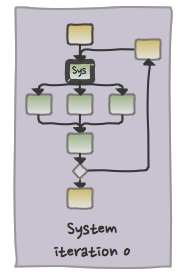
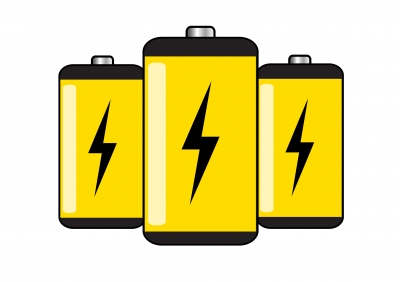
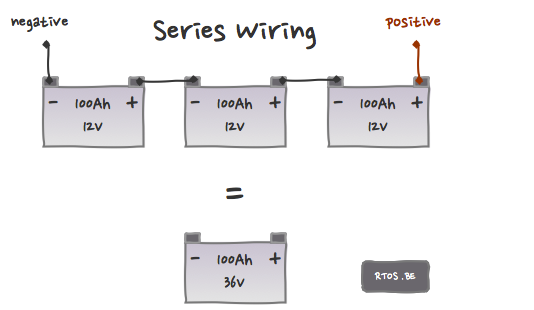
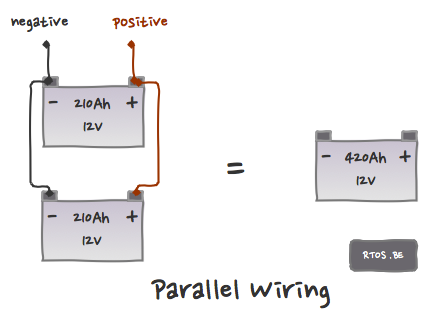
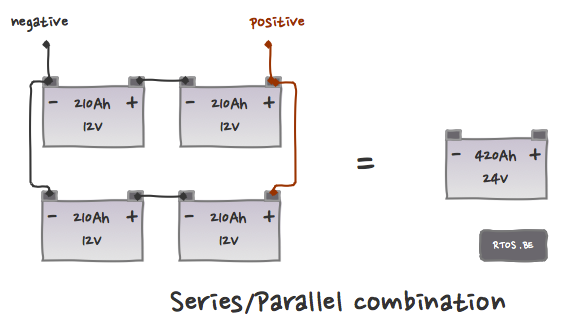
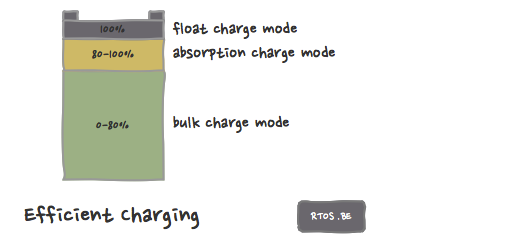
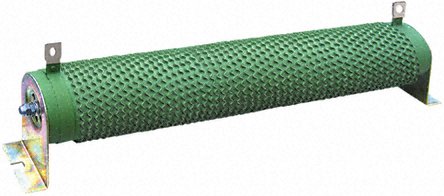

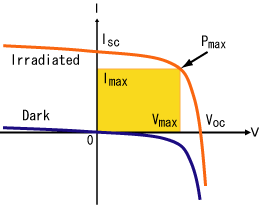

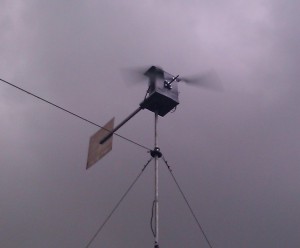
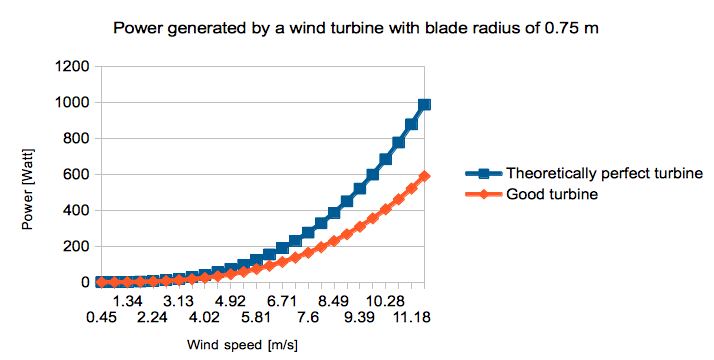

Speak Your Mind